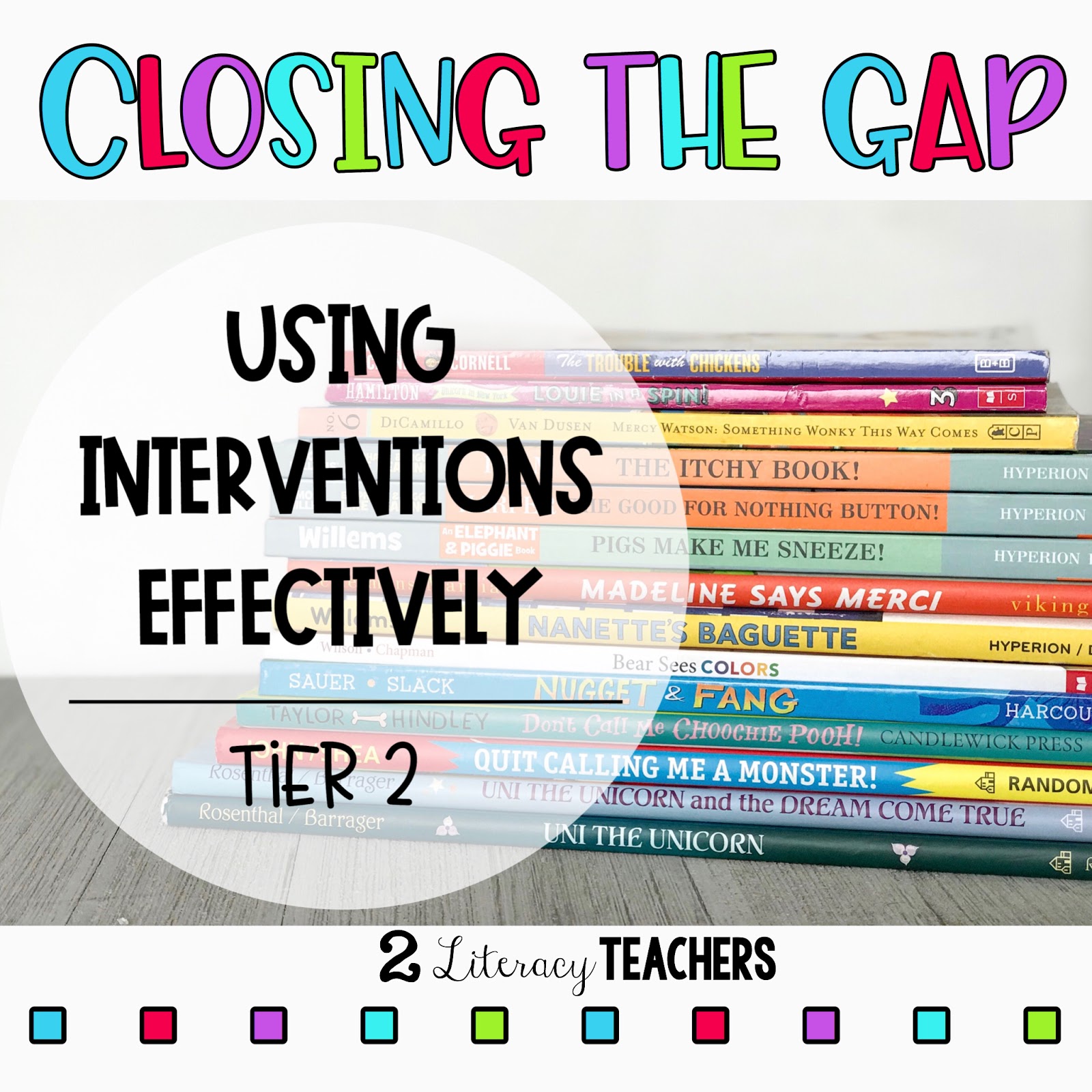
Through The Eyes of a
Struggling Reader
Teacher, help me…
I don’t know that word.
I don’t know what sound that
says.
says.
I don’t know what that word
means.
means.
I don’t know what the story
said.
said.
I don’t know how the character
feels.
feels.
I don’t know what the story
means.
means.
I don’t know what I’m
thinking….or how to tell you.
thinking….or how to tell you.
I don’t know how to be a good
reader.
reader.
Teacher, help me. I am counting on you.
In the news the other day, there was a factoid about the percentage of struggling readers in the classrooms all across America. It was quite a surprise to hear that the average classroom has just over 50% of students reading below grade level standards. Even though we two teachers behind this blog…2 Literacy Teachers…have worked at a school for a very long time that has a typical minimum average each year of 63% of students reading below grade level, we never expected to hear such a high percentage for the rest of the U.S. We ALL have our work cut out for us in the area of reading, it would seem. So lets get busy! In this blogpost series, we hope to share some tips for providing effective interventions to students reading below grade level standards.
In the first post, here, we talked about the basics of providing interventions, and how to get ready to do so. In this second post, we will share some tips and ideas for providing effective interventions to your tier 2 students.
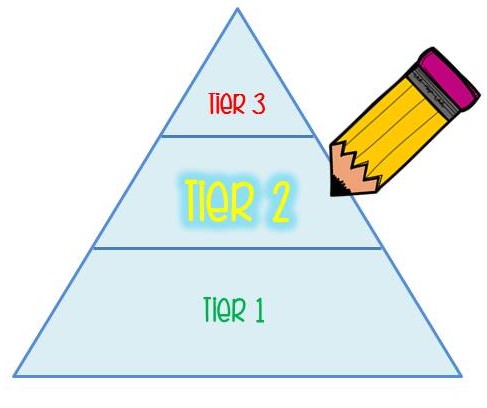

Planning:
Tier 2 students can really be thought of in two groups; those that are performing between just below grade level and up to 6 months below, and 6 months below up to 1 year below. In the first group, interventions are usually different than those in the second group. Regardless of the group, we must start by carefully analyzing the difficulties that each student is having, so we can make a targeted plan. An easy way to do this is to list the students, analyze their running records, DRAs, conference notes, and any other reading assessments you have to determine their most critical difficulties, then write them next to their names. Are they struggling with phonics and decoding? If so, with which sounds or word parts? Is it fluency such as reading word by word instead of in phrases, to such a degree that it affects comprehension? Is it comprehension and if so, is it one particular thing such as not being able to determine main idea? Being able to specifically name the difficulty, will help you to provide targeted instruction for it. We usually choose the top 1 to 3 difficulties the student is having…those that if improved, will have the biggest positive affect on the student’s performance. With this plan in hand, you can begin to specifically teach to those needs.
Here are some examples of just some of the things Tier 2 students typically struggle with:
Kindergarten:
Here are some examples of just some of the things Tier 2 students typically struggle with:
Kindergarten:
- Shoring up letters and sounds
- Blending cvc words
- Reading sight words with mastery
- Reading beyond repeated, patterned reading – Getting over the hump from guided reading level B to C (DRA level 2 to DRA level 3)
First Grade:
- Blending ccvc and cvce words
- Using decoding strategies efficiently
- Getting over the hump from reading guided reading level C to guided reading level D/E (DRA level 4 to DRA levels 6/8)
- Remembering and retelling a story accurately and in order
Second and Third Grade:
- Shoring up decoding strategy use
- Shoring up mastery of phonics patterns in words
- Expanding sight word mastery
- Being able to think about the text and respond to it verbally and in writing
Fourth and Fifth Grade:
- Reading with fluency
- Thinking deeply about the text and responding to it verbally and in writing
- Citing appropriate text evidence
Providing services:
All interventions must be in addition to the core instruction that is provided to the whole class. Typical ways to provide services are:
- in a second small group that is formed based on instructional need and for which targeted instruction is provided during guided reading time
- Additional conferring in small groups that have like strategy needs – which is a good choice for students who just need a little bit of support or a little bit more practice with extra coaching by you
- More frequent one-to-one conferring times
- Having a paraeducator provide additional practice time for students who need it.
- Additional practice with an older student buddy
Upper Tier 2 students typically are struggling with just one or two things and tend to learn quickly with just a little bit of extra practice and coaching. They typically make progress and overcome difficulties within one or two intervention rounds of about six weeks each. This means you can rotate your groups and be more flexible in constructing groups with these Tier 2 students.
Lower Tier 2 students typically have been struggling with reading for a while, may have other concerns such as ELL, and need more pinpointed direct instruction provided by you, with lots of extra practice time with the targeted need.. They may need many intervention rounds of about six weeks each. Think of adding layers of instruction and practice for these students which include differentiated whole-class instruction, small group guided reading or conferring, a possible extra small group, and as much extra practice time as you can provide.
Example:
Here is an example of how several grade levels in our school provide interventions.
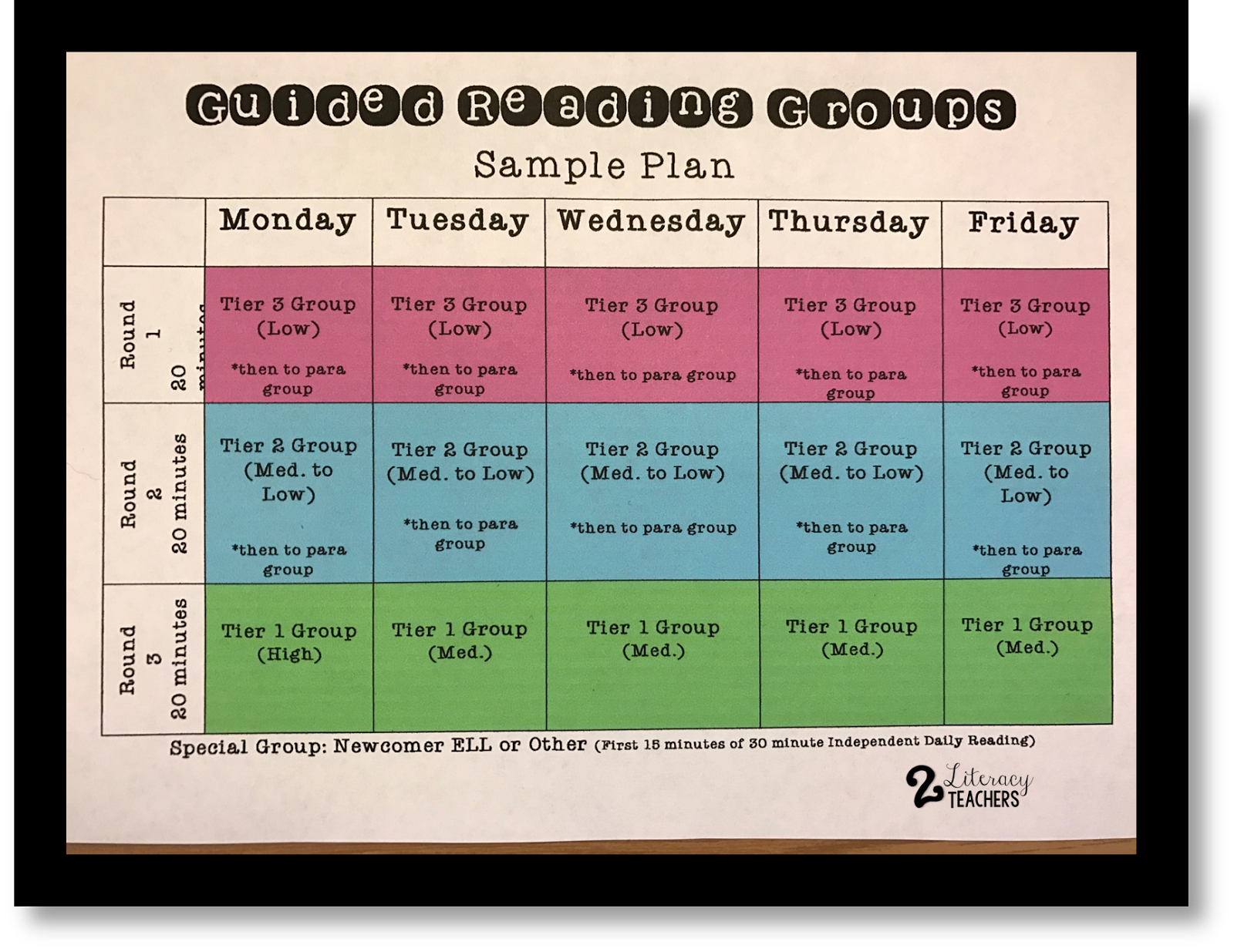
Example:
Here is an example of how several grade levels in our school provide interventions.
- All students receive differentiated, whole class instruction
- All students receive guided reading in a small group
- All students receive regular conferring during independent reading
- Tier 2 students receive an additional guided reading strategy group with a teacher or paraeducator

These grade levels schedule one hour daily to provide their guided reading groups. They divide the hour into 3 – twenty minute groups. They see their high group one time per week, and their medium to low, and lowest groups every day. A paraeducator is scheduled for all or part of this time as well. Students in small groups rotate between the teacher group and independent word work or reading work. Tier 2 students also receive an additional group with the paraeducator to receive targeted instruction in an area of need. (In many schools, the teacher provides this extra group. However, it is rotated between the groups who need it, so they usually are seen every other day.) This means that Tier 2 students have two, twenty minute groups and then have an additional twenty minutes of independent word and/or reading work.
As with all interventions, be sure to document them for each student by noting the focus of instruction and methods of teaching, the additional minutes of time spent in intervention, the dates of the intervention, and the beginning and ending data to show that it worked or didn’t work. Should a student not make the progress that you hoped for, this documentation will be crucial should a decision need to be made whether to do any special education testing in the future.
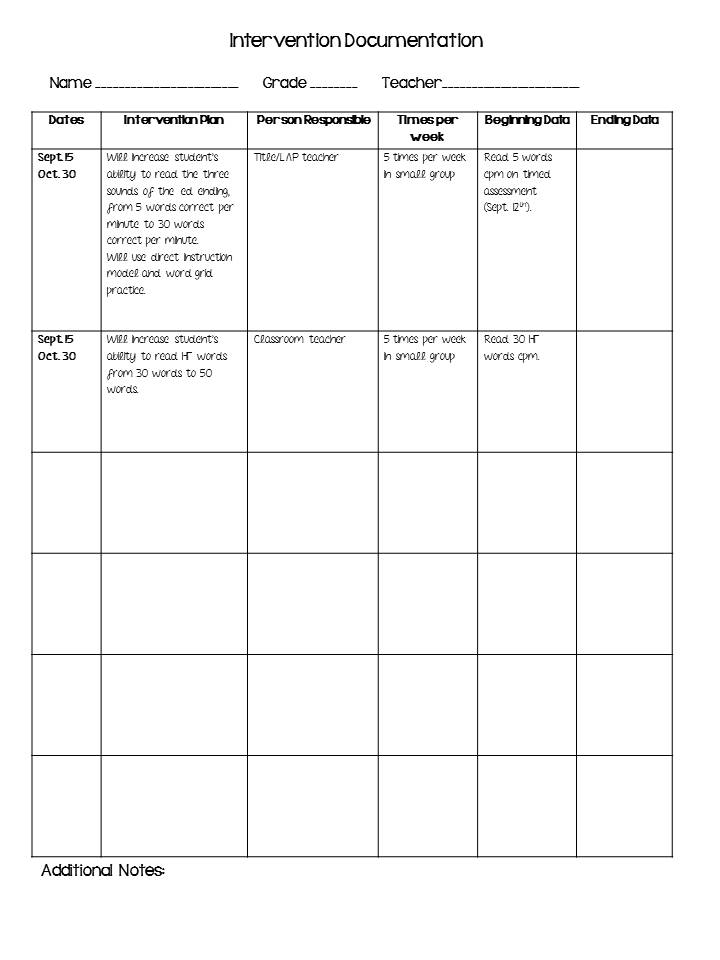
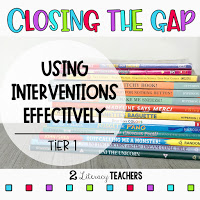
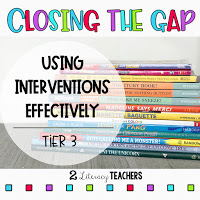

There are as many ways to schedule and provide Tier 2 intervention services as there are schools in the U.S. It just takes a little creativity and a bit of planning. We hope this post has given you some ideas. Please feel free to contact us if you have any questions or would like some ideas for your particular situation.
Click the pictures below to get more specific ideas for when and what to do in your tier 1 and 3 interventions, and we will share with you how we do it at our school.


Smiles,
Kristin

